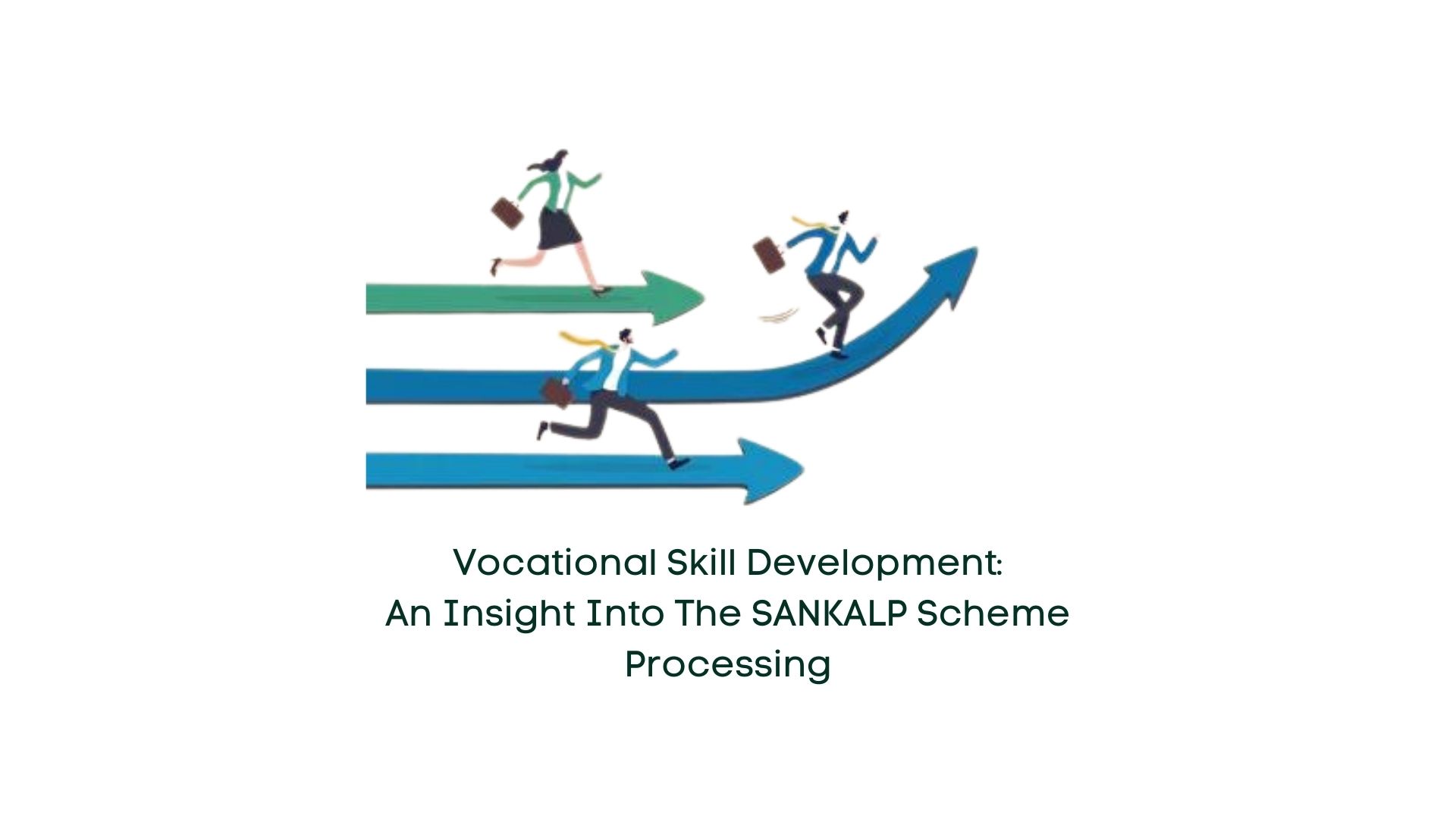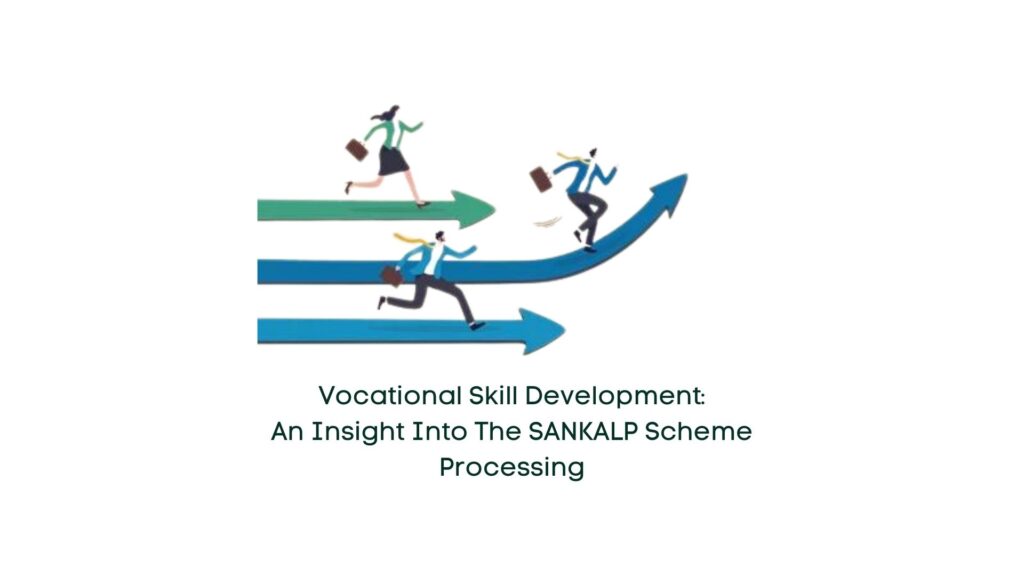
02 Mar Vocational Skill Development: An Insight into the SANKALP Scheme

In response to the longstanding need for a structured approach to vocational skill training, the government has introduced the ‘Skill acquisition and knowledge awareness for livelihood promotion’ (SANKALP) scheme. This initiative, a part of the broader National Skill Development Mission (NSDM), aims to enhance skill development efforts across India, particularly targeting underprivileged individuals.
Understanding SANKALP
The SANKALP scheme, approved by the Cabinet Committee on Economic Affairs (CCEA), receives substantial support from the World Bank, totaling Rs. 4,455 crore, with a significant portion as a loan. The scheme focuses on various aspects:
- Strengthening institutions at both state and national levels.
- Market-relevant training monitoring.
- Enhancing the quality and relevance of skill development programs.
- Ensuring accessibility of skill training for marginalized groups.
- Expanding reach through public-private partnerships (PPPs).
National Components
At the national level, the scheme’s key components include:
Institutional Development & Strengthening
The establishment of crucial structures like the National Skill Certification Body, Unified National Accreditation Board, National Skill Research Division, Development of Labour Market Information System (LMIS), Skill Development Management System (SDMS), Kaushal Mart, and Takshila: National Portal for trainers aim to provide a robust framework for skill development.
Strengthening Entrepreneurship
SANKALP also aims to bolster entrepreneurship, particularly in rural and economically challenged areas, by providing skill development and mentoring support to empower individuals to contribute effectively to the formal economy.
State Components
The scheme encourages states to enhance their skill development capacity, with a focus on socially backward groups. States receive grants based on their performance, aligned with their skill development plans and approved by the Project Steering Committee.
Institutional and Implementation Arrangements
SANKALP operates through a multi-level implementation structure, with the Ministry of Skill Development And Entrepreneurship (MSDE) overseeing operations. State governments play a crucial role in program delivery, supported by State Skill Development Missions (SSDMs) at the district level.
Disbursement Linked Indicators
Funds allocation follows a rigorous performance analysis using the Program for Results Programme (P for R) instrument of the World Bank, ensuring effective utilization based on states’ achievements.
Conclusion
The SANKALP scheme marks a significant step towards resolving infrastructural barriers in vocational education, aiming to enhance access and quality. By regulating accreditation and certification processes, it promises to elevate vocational education standards and broaden opportunities for individuals across urban and rural areas. The scheme’s impact is poised to be transformative, potentially bringing about a paradigm shift in India’s skill development landscape.


No Comments